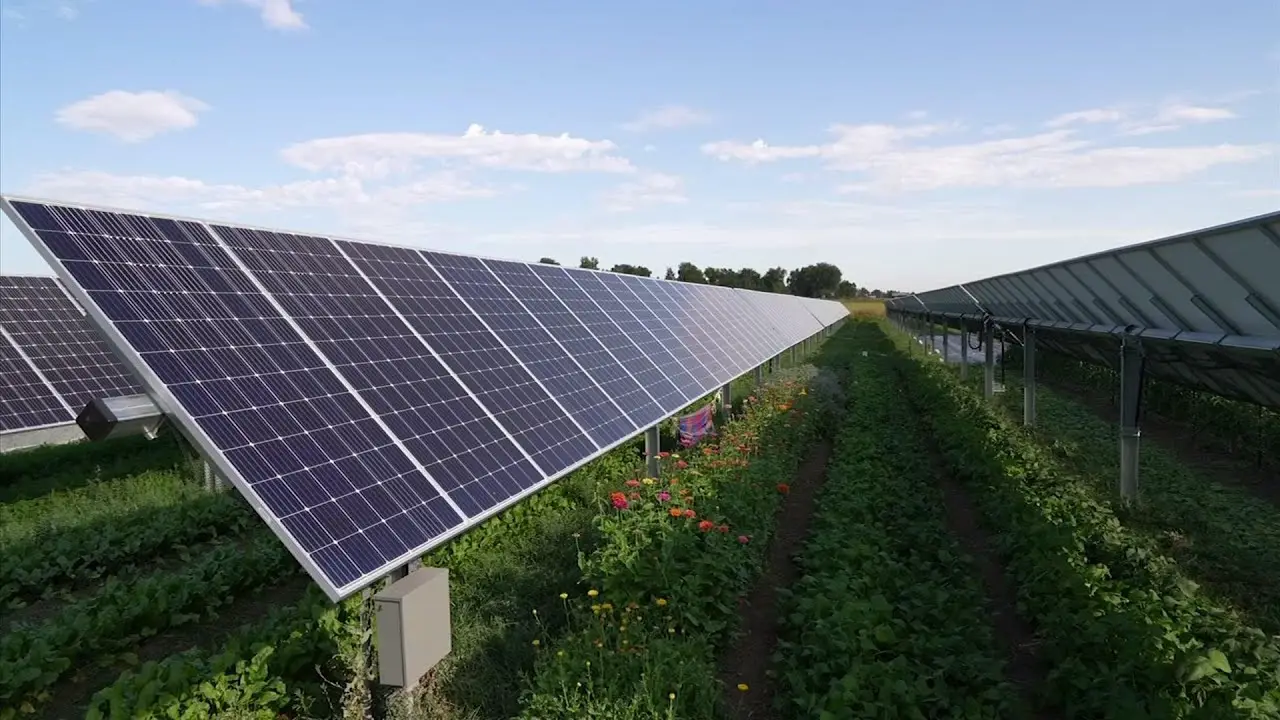Solar farms are not just about harnessing clean energy; they also offer additional climate benefits that are gaining attention in the scientific community. With solar projects expanding globally, researchers are now focusing on understanding the broader ecosystem impacts of these installations to maximize their positive effects on the environment.
Recent studies have shed light on how optimizing land use strategies for solar farms can go beyond energy production and contribute significantly to carbon sequestration in the hosting ecosystem. This means that solar farms have the potential to become even more effective tools in the fight against climate change by capturing and storing carbon dioxide from the atmosphere.
Imagine a vast expanse of land transformed into a field of glistening solar panels, quietly soaking up sunlight and generating clean electricity while also playing a crucial role in reducing greenhouse gas emissions. It’s like turning an otherwise idle piece of land into a proactive player in mitigating climate change.
One key finding is that
“optimizing where we place solar panels can have a big impact on how much carbon we offset,”
explains Dr. Zhengyao Lu, a researcher at Lund University. By strategically siting solar farms in locations with high carbon sequestration potential, such as degraded lands or areas with dense vegetation, we can magnify their environmental benefits.
Moreover, research by Wang et al. published in Nature Geoscience emphasizes that thoughtful land management scenarios for utility-scale solar deployment can lead to enhanced carbon sequestration outcomes. This highlights the importance of considering not just the immediate energy generation capacity but also the long-term ecological implications when planning and implementing solar projects.
Dr. Lu further elaborates,
“It’s not just about producing renewable energy; it’s about creating sustainable solutions that work harmoniously with nature.”
Solar farms have the potential to act as green spaces that support biodiversity, enhance soil health, and promote overall ecosystem resilience while addressing our growing energy needs sustainably.
Furthermore, insights from various studies underscore the multifaceted benefits of integrating renewable energy infrastructure with ecological conservation efforts. For instance, research by Gómez‐Catasús et al. demonstrates how well-designed solar installations can serve as wildlife corridors and contribute to habitat restoration initiatives.
As we strive towards a greener future, it is essential to consider holistic approaches that leverage renewable technologies like solar farms not only for their direct energy-related advantages but also for their broader positive impacts on ecosystems and climate resilience.
In conclusion, solar farms offer more than just a solution for clean power generation; they present an opportunity to reimagine our relationship with the environment and create synergies between human innovation and natural systems for a sustainable future.









Leave feedback about this